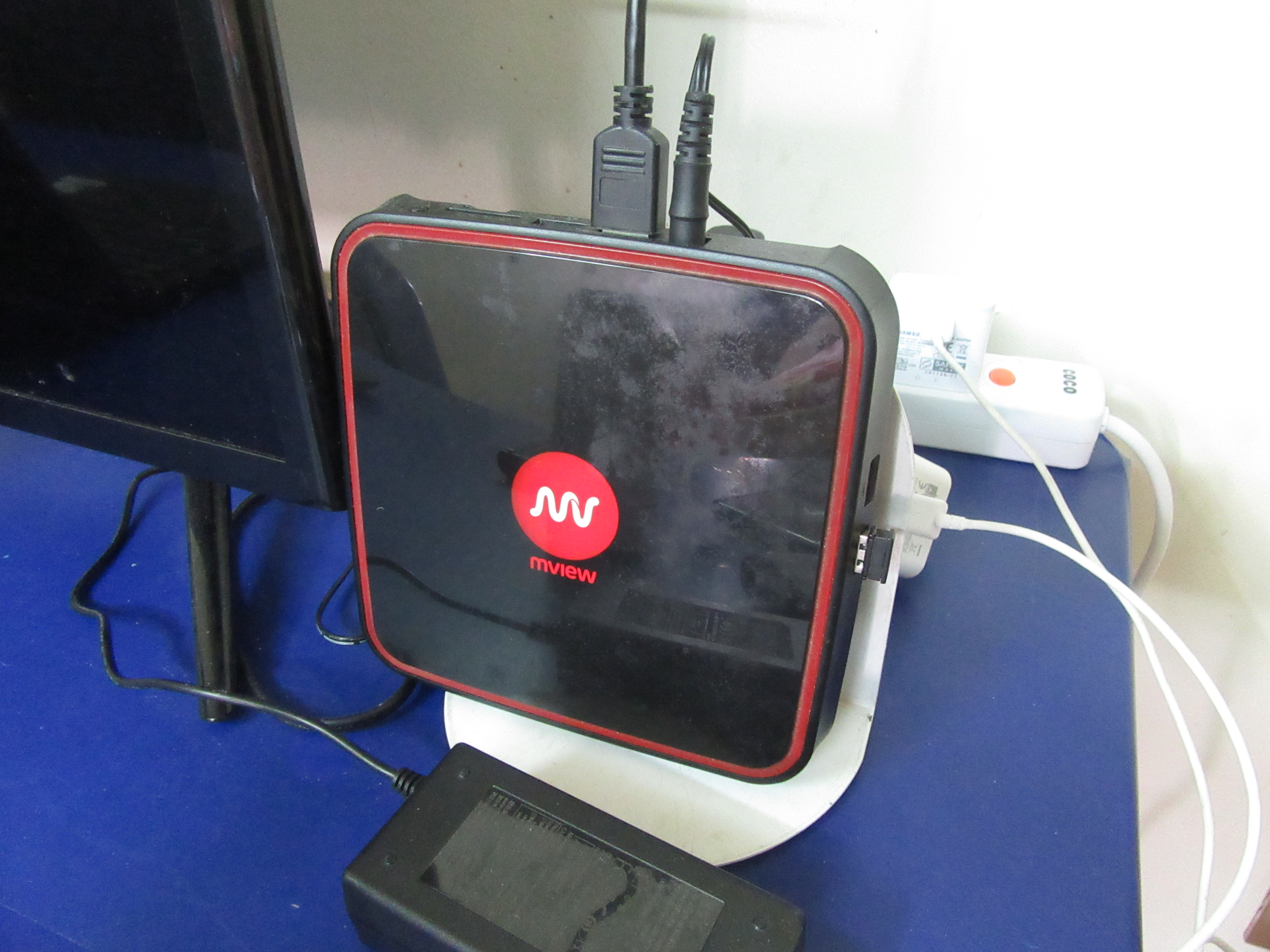|
Grid Fabric
The Wireless Grid Fabric in communication is a MIMOS Berhad innovation for WiMAX multi-hop relay networks (IEEE802.16j) for rural area communication. The idea of the Wireless Grid Fabric involves using multihop base stations (MR-BS) to forward messages to and from the network. Each relay station (RS) covers approximately two square kilometers of area with omnidirectional antennas. Each such square is called a cell. In this scheme, the network's scalability depends not on the number of nodes but the number of cells, each of which contains several nodes. In any rural area community supported by a Wireless Grid Fabric, it is assumed that the main traffic (content) is self-created by the population (peer–to-peer), such as video streaming, VOIP, IPTV, and others which are all multicast-based. The Wireless Grid Fabric network has many advantages over other mesh technologies (i.e. WiFi-Mesh and Fixed WiMAX-Mesh), as it achieves hundreds of Mbit/s with mobility for hundreds of mobiles per ... [...More Info...] [...Related Items...] OR: [Wikipedia] [Google] [Baidu] |
MIMOS Berhad
MIMOS Berhad (or MIMOS) is Malaysia's national applied research and development centre under the Ministry of Science, Technology and Innovation (Malaysia), Ministry of Science, Technology And Innovation (MOSTI). The company was founded as the Malaysian Institute of Microelectronic Systems in 1985, currently a public company wholly owned by Minister of Finance Incorporated (Malaysia), Minister of Finance Incorporated (MoF Inc.). MIMOS owns six national-level facilities to support the industry and government agencies, which are Big Data Analytics Digital Government Lab (BDA-DGL), Big Data IoT Technology Accelerator (BITX) Lab, MIMOS Semiconductor Technology Centre, Industrial Design Lab, Rapid Prototyping, Reliability and Testing Lab, and Centre of Artificial Intelligence for Future Industry (CAIFI). National Facilities *Big Data Analytics Digital Government Lab (BDA-DGL) *Big Data IoT Technology Accelerator (BITX) *MIMOS Semiconductor Technology Centre *Industrial Design Lab * ... [...More Info...] [...Related Items...] OR: [Wikipedia] [Google] [Baidu] |
WiMAX
Worldwide Interoperability for Microwave Access (WiMAX) is a family of wireless broadband communication standards based on the IEEE 802.16 set of standards, which provide physical layer (PHY) and media access control (MAC) options. The WiMAX Forum was formed in June 2001 to promote conformity and interoperability, including the definition of system profiles for commercial vendors. The forum describes WiMAX as "a standards-based technology enabling the delivery of last mile wireless broadband access as an alternative to cable and DSL". IEEE 802.16m or WirelessMAN-Advanced was a candidate for 4G, in competition with the LTE Advanced standard. WiMAX was initially designed to provide 30 to 40 megabit-per-second data rates, with the 2011 update providing up to 1 Gbit/s for fixed stations. WiMAX release 2.1, popularly branded as WiMAX 2+, is a backwards-compatible transition from previous WiMAX generations. It is compatible and interoperable with TD-LTE. Terminology ... [...More Info...] [...Related Items...] OR: [Wikipedia] [Google] [Baidu] |
VOIP
Voice over Internet Protocol (VoIP), also called IP telephony, is a method and group of technologies for the delivery of voice communications and multimedia sessions over Internet Protocol (IP) networks, such as the Internet. The terms Internet telephony, broadband telephony, and broadband phone service specifically refer to the provisioning of communications services (voice, fax, SMS, voice-messaging) over the Internet, rather than via the public switched telephone network (PSTN), also known as plain old telephone service (POTS). Overview The steps and principles involved in originating VoIP telephone calls are similar to traditional digital telephony and involve signaling, channel setup, digitization of the analog voice signals, and encoding. Instead of being transmitted over a circuit-switched network, the digital information is packetized and transmission occurs as IP packets over a packet-switched network. They transport media streams using special media delivery proto ... [...More Info...] [...Related Items...] OR: [Wikipedia] [Google] [Baidu] |
IPTV
Internet Protocol television (IPTV) is the delivery of television content over Internet Protocol (IP) networks. This is in contrast to delivery through traditional terrestrial, satellite, and cable television formats. Unlike downloaded media, IPTV offers the ability to stream the source media continuously. As a result, a client media player can begin playing the content (such as a TV channel) almost immediately. This is known as streaming media. Although IPTV uses the Internet protocol it is not limited to television streamed from the Internet (Internet television). IPTV is widely deployed in subscriber-based telecommunications networks with high-speed access channels into end-user premises via set-top boxes or other customer-premises equipment. IPTV is also used for media delivery around corporate and private networks. IPTV in the telecommunications arena is notable for its ongoing standardisation process (e.g., European Telecommunications Standards Institute). IPTV ... [...More Info...] [...Related Items...] OR: [Wikipedia] [Google] [Baidu] |
Wireless Networking
A wireless network is a computer network that uses wireless data connections between network nodes. Wireless networking is a method by which homes, telecommunications networks and business installations avoid the costly process of introducing cables into a building, or as a connection between various equipment locations. Admin telecommunications networks are generally implemented and administered using radio communication. This implementation takes place at the physical level (layer) of the OSI model network structure. Examples of wireless networks include cell phone networks, wireless local area networks (WLANs), wireless sensor networks, satellite communication networks, and terrestrial microwave networks. History Wireless networks The first professional wireless network was developed under the brand ALOHAnet in 1969 at the University of Hawaii and became operational in June 1971. The first commercial wireless network was the WaveLAN product family, developed by NC ... [...More Info...] [...Related Items...] OR: [Wikipedia] [Google] [Baidu] |


